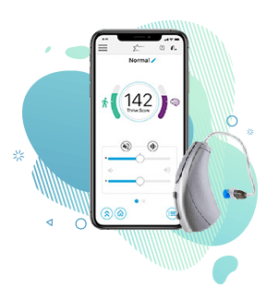Types of Hearing Aids
Hearing aids are crafted to support varying types and degrees of hearing loss. Following your hearing test, the audiologist or hearing aid practitioner will recommend the best type of hearing aid for your needs. Preserving your hearing health, quality of life, and relationships are the top priority.
Hearing aids come in a range of styles and technologies, each designed to support you by providing excellent sound quality and noise reduction.
There are 5 types of hearing aid styles:
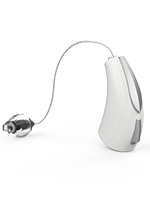
Receiver-in-canal (RIC)
This small and discreet hearing aid utilizes an open fit and a small speaker to deliver and amplify sound directly…
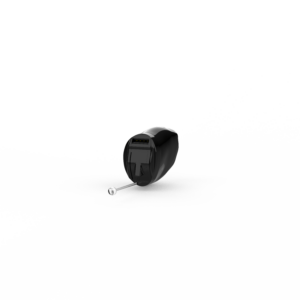
Invisible (IIC)
These tiny hearing aids are virtually unnoticeable to anyone but the wearer and sit close to the eardrum.
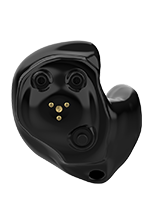
In-the-ear (ITE)
Similar to ITC hearing aids, this model also sits in the outer ear but is designed with easily accessible buttons…
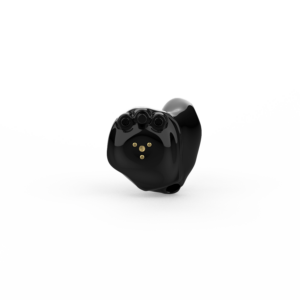
In-the-canal (ITC)
This sits in the canal but is visible in the lower half of the outer ear for easier programming and…
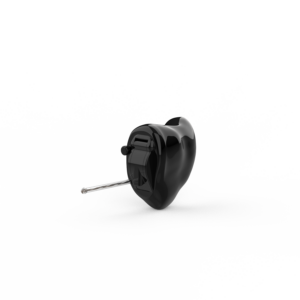
Completely-in-canal (CIC)
This hearing aid sits inside the ear canal and is completely invisible to anyone but the wearer.

Behind-the-ear (BTE)
Designed to sit behind the ear and connected to an earmold fitted inside the ear canal.

